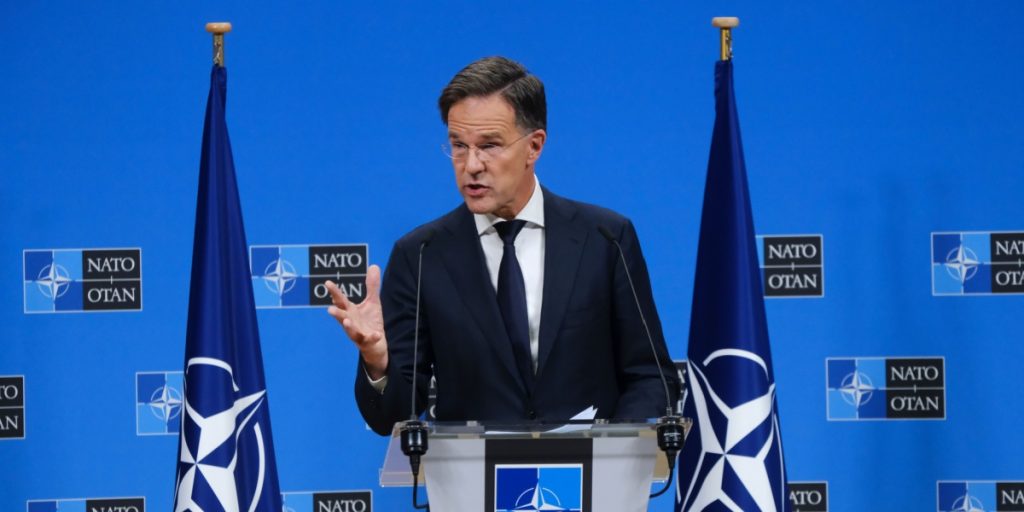With a critical summit approaching, Secretary General Mark Rutte calls for a historic investment to counter rising aerial threats from Russia.
Others are reading now
As Europe braces for the next NATO summit, pressure is mounting across capitals. The war in Ukraine has refocused defense agendas, and questions about long-term security planning are now front and center.
From cyberthreats to missile strikes, the continent’s vulnerabilities are no longer theoretical.
Across the Atlantic, Washington’s tone has sharpened. Allies are being pressed to commit more, act faster, and modernize defenses in line with the scale of the threat. What was once a financial debate has become a question of resilience—and resolve.
Now, a familiar voice is raising the stakes ahead of what may be NATO’s most consequential gathering in years.
Also read
Russia’s war in Ukraine has turned the spotlight on a specific threat: air superiority. As drones and missiles terrorize civilian areas, NATO is preparing a decisive shift in its long-term defense strategy. And at the center of that shift is Secretary General Mark Rutte’s urgent plea: the Alliance must increase air defense and missile shield spending by 400%.
“We must strengthen the shield that protects our skies”
Speaking in London alongside UK Prime Minister Keir Starmer, Rutte laid out his argument plainly:
We already see in Ukraine how Russia provokes terror from the air, so we must strengthen the shield that protects our skies.
The former Dutch prime minister stressed that even if the war in Ukraine ends, the underlying danger will not. That threat will guide discussions at NATO’s upcoming summit in The Hague on June 24–25, where allies are expected to commit to a new multi-year investment strategy.
As reported by 20minutos, Rutte said NATO’s goal is to reallocate 5% of GDP to defense-related efforts by 2032. Of that, 3.5% would go toward traditional military expenditures, while the remaining 1.5% would cover emerging needs like infrastructure protection and cyber defense.
Divisions emerge among allies
But consensus is far from guaranteed. The United States continues to pressure European members to meet the 5% mark. Secretary of Defense Pete Hegseth underlined the urgency:
I want to make sure every NATO country understands they have to pull their weight. Hard power is what truly deters.
Spain, however, is pushing back. Defense Minister Margarita Robles reiterated this week that the current 2% benchmark remains sufficient to meet NATO obligations.
We believe that right now the priority is meeting the 2%. What matters is identifying the needed capabilities, not chasing new percentages.
As the summit nears, Rutte remains focused on unity and ambition. The plan, he says, is not just about today—but about defending Europe in 2032 and beyond.


